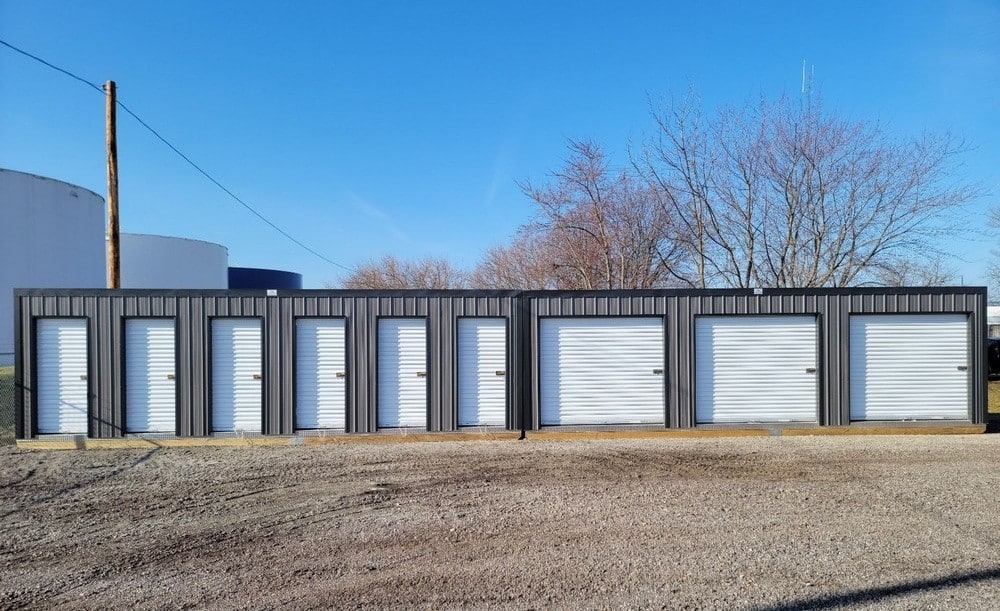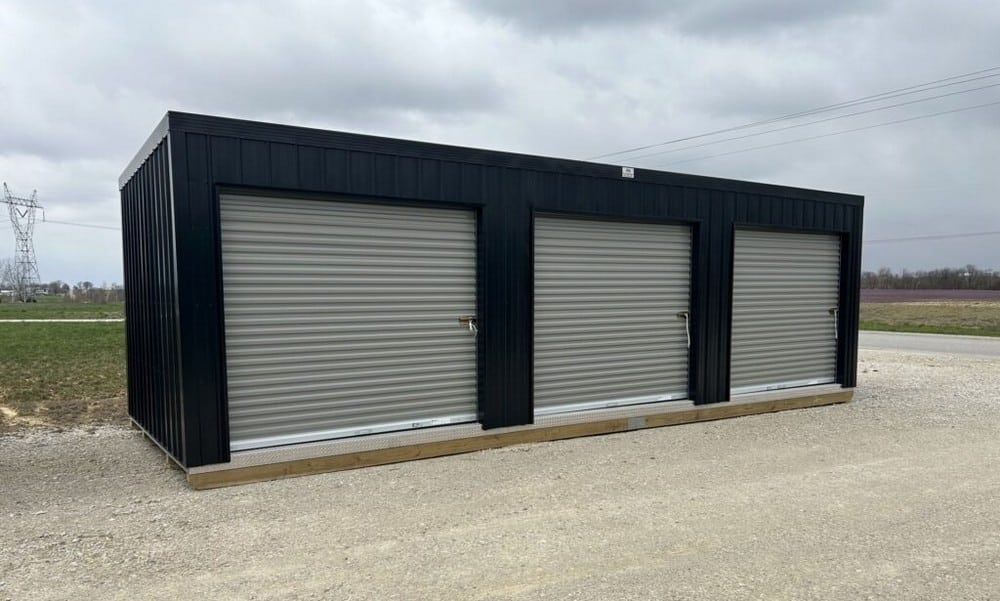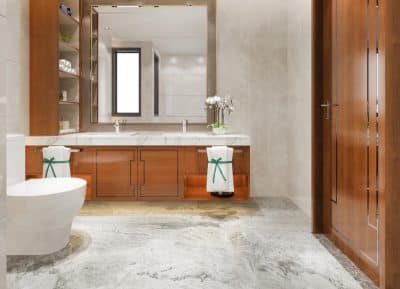
Every home project begins with a vision: clear lines, open space, and a balance between function and style. But between inspiration and execution lies the messy middle—construction dust, displaced furniture, and rooms that lose their purpose. Temporary storage solutions have quietly become essential in preserving the rhythm of daily life while transformation is underway.
From large-scale renovations to subtle interior updates, the ability to protect what matters—furniture, materials, personal pieces—without crowding the rest of the home has reshaped how projects unfold. Instead of pushing creativity aside to make room, more homeowners are choosing to create room for creativity to thrive.
The Hidden Hero of Home Projects: Portable Storage Solutions
Design is as much about space as it is about structure. When walls come down, flooring is replaced, or cabinetry is reimagined, the demand for open, functional areas quickly exceeds the floor plan’s limits. In these moments, portable storage solutions offer an understated yet essential advantage.
Many homeowners are turning to portable self-storage buildings to support home upgrades without sacrificing comfort. These standalone units, typically weather-resistant and secure, provide a temporary home for furniture, appliances, and personal belongings. They remove the pressure to crowd the garage or convert a bedroom into a storage zone, allowing living areas to stay functional throughout the project.
Rather than letting belongings become an obstacle, portable storage keeps the path clear, visually and practically. It supports a project’s momentum while protecting the pieces that will eventually complete it.
Design Without Disruption: Preserving Your Vision (and Your Stuff)
The most thoughtful design projects respect what already exists—whether it’s a vintage sideboard, a handwoven rug, or a reading nook that doesn’t need changing. Yet during construction or redecoration, these elements are often exposed to dust, damage, or the chaos of being shuffled from room to room.
Temporary storage creates a buffer between the project and the pieces worth protecting. Furniture can be moved out of harm’s way without being crammed into corners. Delicate decor is kept intact, not boxed into closets where it’s at risk. It’s a practical way to preserve the materials and memories that give a space its character.
Even the smallest upgrades—new paint, refinished floors, updated lighting—benefit from clear surroundings. With less to maneuver around, the process feels less intrusive. And when the work is done, everything returns to its place, unharmed and ready to rejoin the space.
Modularity Meets Function: Storage That Adapts to You
Flexible living isn’t defined by how much space one has, but by how that space responds to changing needs. The same principle applies to portable storage buildings. Unlike fixed sheds or built-in storage, these structures can be placed, used, and repurposed according to the rhythm of a project or a shift in seasons.
This approach reflects the thinking behind modular architecture—design that evolves with time and purpose. Whether it’s reconfigurable interiors or mobile guest suites, modularity has become central to how homes adapt. It encourages simplicity without limitation and allows space to change without compromise.
Prefabricated buildings are gaining ground in construction due to their speed, cost efficiency, and customizability. These same qualities make portable storage a compelling solution for renovation work, where timelines vary and adaptability matters.
What begins as a renovation aid can later serve as storage for seasonal décor, tools, or even creative workspaces. Their purpose may shift, but their usefulness remains constant.
Beyond Renovations: Creative Uses for Portable Storage
Once the dust has settled and the final coat of paint dries, portable storage buildings often take on new roles. Their clean lines and neutral profiles help them blend easily into a backyard or side lot, making them ideal for uses well beyond their original intent.
Some become utility spaces for gardening tools or off-season items. Others are transformed into hobby studios, compact workshops, or quiet retreats separate from the main home. Their durable build and weather resistance make them suitable for long-term use, and their understated design keeps them from clashing with surrounding architecture.
Rather than being removed once the project ends, these units often become a subtle part of the home’s layout. A fresh coat of paint, thoughtful landscaping, and exterior lighting can turn a utilitarian structure into a seamless part of the property.
Conclusion: Designing With Breathing Room
Design flourishes when there’s space—space to think, work, and protect what matters. Portable storage buildings may not appear in architectural drawings or mood boards, but they support the creative process in quiet, essential ways.
By shifting belongings out of the way, they allow projects to move forward with clarity and less disruption. And when chosen with intention, they continue to serve long after the initial need has passed, evolving alongside the home.
Homes that prioritize comfort and clarity benefit from creative ways to maximize home storage space—solutions that are both functional and adaptable to changing lifestyles. Portable storage, though often overlooked, fits neatly into that philosophy.









